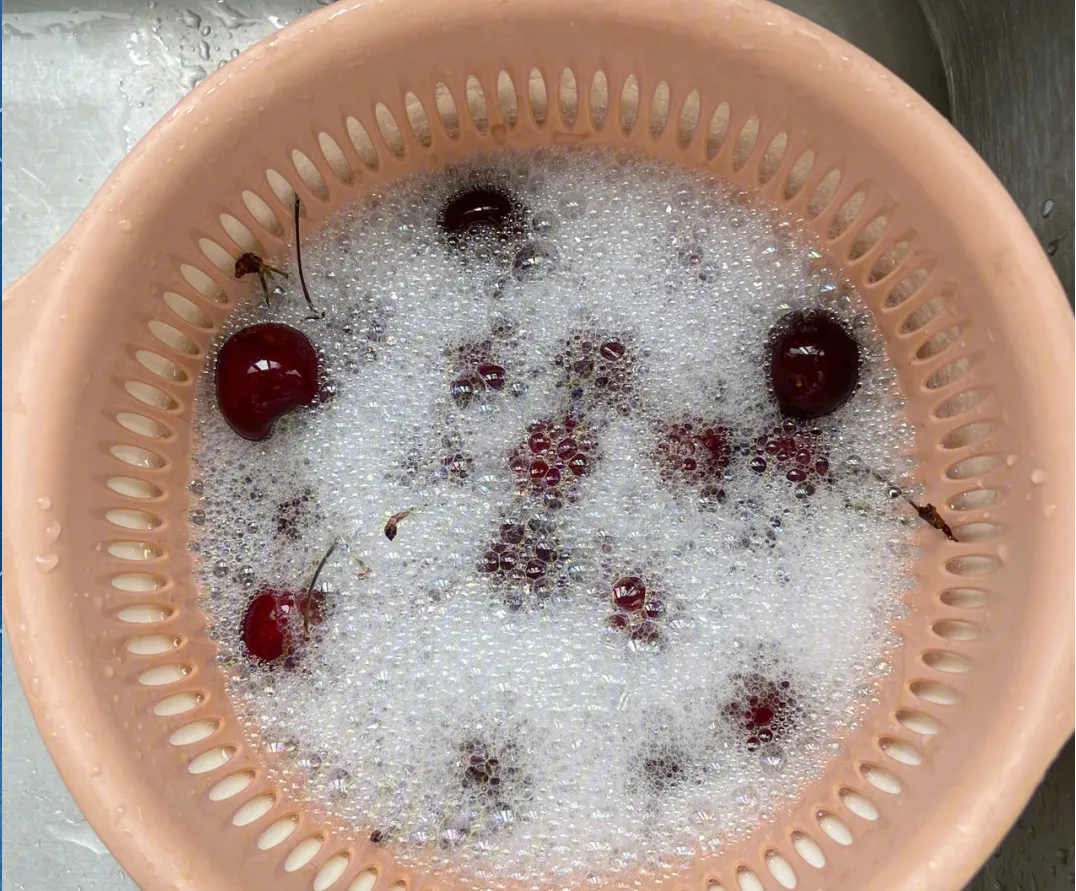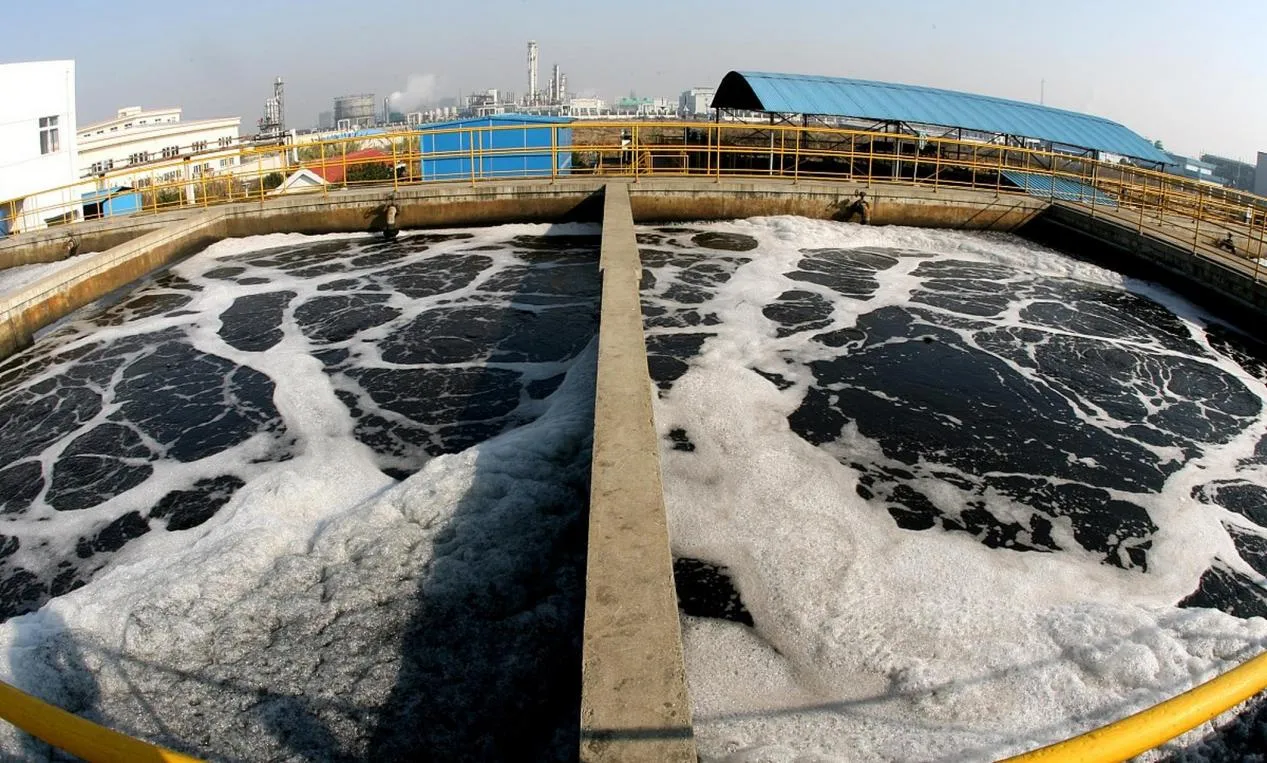
Understanding Antifoaming Agents: Types, Functions, and Practical Applications
Foam may look harmless, but in many industrial processes, it’s a problem that can reduce efficiency, damage equipment, and lower product quality. This is where anti foaming agent technology becomes crucial. Used across industries such as food processing, pharmaceuticals, wastewater treatment, paints, and petrochemicals, these agents help eliminate unwanted foam that could otherwise disrupt operations.

Why Foam Control Matters in Industrial and Daily Use
An anti foaming agent works by breaking the surface tension of bubbles, causing foam to collapse or preventing it from forming in the first place. These agents are carefully selected based on the chemical makeup of the process and the compatibility with other ingredients. Depending on the industry, choosing the right type can significantly improve production flow and equipment longevity.

Exploring the Types of Antifoaming Agents
There are several types of antifoaming agents, each with unique characteristics suited to different applications:
1.Silicon antifoaming agent: One of the most widely used forms, this agent is based on polydimethylsiloxane (PDMS), a type of silicone oil. A silicon antifoaming agent offers fast foam knockdown and long-lasting performance in harsh chemical environments. It's ideal for industries such as oil refining, detergents, and pulp & paper processing.
2.Natural antifoaming agents: These are derived from biological or renewable sources like vegetable oils, waxes, or certain plant extracts. Natural antifoaming agents are especially suitable for food, cosmetics, and pharmaceutical products, where eco-friendliness and low toxicity are priorities.
3.Chemical antifoam agent: This broad category includes synthetic compounds like fatty alcohols, esters, or polymers. A chemical antifoam agent is chosen for specific environments where high temperatures or strong alkalinity/acidity might degrade other types. They are commonly used in paints, coatings, and industrial cleaning agents.
Understanding the types of antifoaming agents allows engineers and manufacturers to tailor solutions to specific problems. For instance, foam in a fermentation tank requires a food-grade, non-toxic solution—usually natural—whereas a cooling tower in a factory may benefit more from a powerful silicon antifoaming agent.

Here are some practical examples of anti foaming agent usage:
- In breweries, antifoam is added during fermentation to prevent overflow.
- In dishwashing detergents, low-foam or no-foam formulas improve rinseability.
- In wastewater treatment, foam suppression improves aeration and clarity.
Product Selection and Application Tips
Selecting the right anti foaming agent isn’t just about what works—it's also about what fits the system’s chemistry, safety standards, and performance goals. Here are a few tips:
- Always consider the chemical antifoam agentcompatibility with other ingredients. Some formulations may destabilize emulsions or interfere with surfactants.
- Use natural antifoaming agentswhen targeting organic certification or when working in sensitive applications like baby products or pharmaceuticals.
- Test different types of antifoaming agentsat lab scale to determine the most cost-effective and efficient solution before large-scale use.
- For fast-action needs, a silicon antifoaming agenttypically provides the best immediate knockdown performance.
Product FAQ: Antifoaming Agents
Q1: What is an anti foaming agent used for?
An anti foaming agent is used to eliminate or prevent foam formation in industrial or household processes. Foam can interfere with flow, filling, and equipment function.
Q2: What are the main types of antifoaming agents?
The main types of antifoaming agents include silicon antifoaming agent, natural antifoaming agents, and chemical antifoam agent. Each is suited to different industries and process conditions.
Q3: Can you give examples of anti foaming agent usage?
Yes, examples of anti foaming agent use include fermentation control in food production, foam suppression in wastewater treatment, and improving flow in paints and coatings.
Q4: Are natural antifoaming agents safe for food applications?
Absolutely. Natural antifoaming agents derived from plant oils or waxes are generally recognized as safe (GRAS) for food and beverage processing.
Q5: How does a silicon antifoaming agent work?
A silicon antifoaming agent works by spreading quickly over foam surfaces and disrupting the bubble film, causing it to collapse instantly. It also prevents new foam from forming.
Q6: Are chemical antifoam agents harmful to the environment?
Some chemical antifoam agent types may be less biodegradable, but many modern formulations are designed to meet environmental safety regulations.
-
Hydroxypropyl Starch as a Sustainable Construction AdditiveNewsNov.24,2025
-
The Gelation Properties of CMCNewsNov.21,2025
-
Redispersible Latex Powder and Water Retention CapacityNewsNov.21,2025
-
Dosage Control for Polycarboxylate Water ReducerNewsNov.21,2025
-
Film-Forming Properties of Polyvinyl AlcoholNewsNov.21,2025
-
The Function of Gypsum Additives in MortarNewsNov.21,2025





















